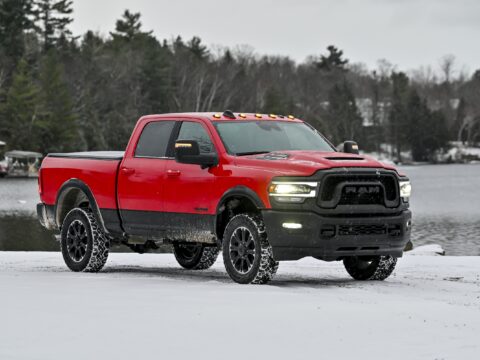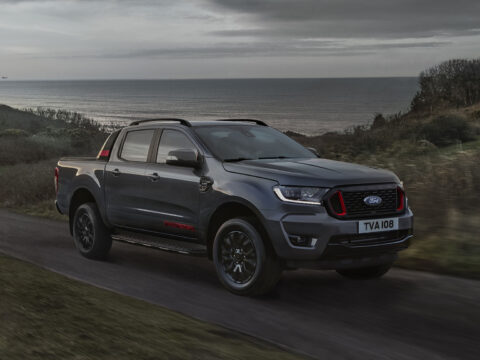There’s no doubt that Americans are in love with SUVs and over the past several years, the market has become flooded with them. But the Nexo from Hyundai is no ordinary crossover. The Nexo is distinguished from nearly everything else on the road by its hydrogen-fuel cell electric powertrain.
With Honda recently discontinuing its Clarity, the Hyundai Nexo and its closest competitor, the Toyota Mirai, are the only hydrogen-powered vehicles currently on the market.
How Does the Nexo Work?
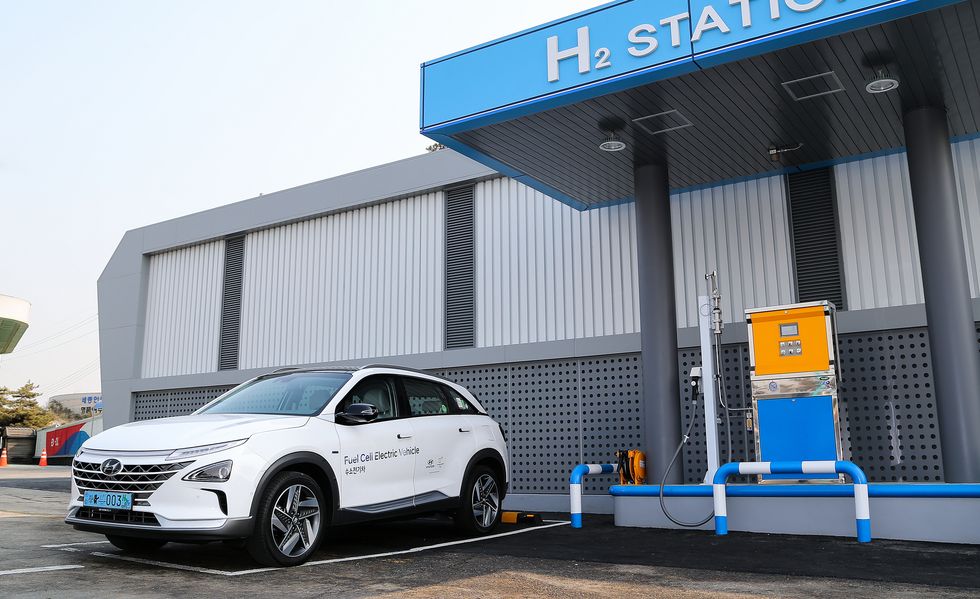
Instead of needing to be plugged in like most Battery Electric Vehicles, the Nexo powers its electric motors using hydrogen. Filling the tanks only takes a few minutes as opposed to overnight charging for most conventional EVs. Once full, Nexo provides an impressive range of up to 380 miles between refills.
How does it work?
Well, hydrogen from the tank(s) is sent to a fuel-cell stack, where it passes through a membrane to combine with oxygen. This process excites the hydrogen, producing electricity to power the vehicle’s motors. Best of all, the only emission from this process is water vapor exiting from the Nexo’s tailpipe.
Since the Nexo only produces 161 horsepower and weighs about 4,000 pounds depending on trim level, it is a little underpowered. In testing, the Nexo delivered a zero-to-60-mph time of 8.4 seconds, which isn’t awful, but well behind just about all of the plug-in battery EV’s.
On a positive note, the Nexo is faster than its only true competitor, the Toyota Mirai. Finally, the Nexo is only available in a front-wheel-drive configuration.
Nexo Options and Pricing
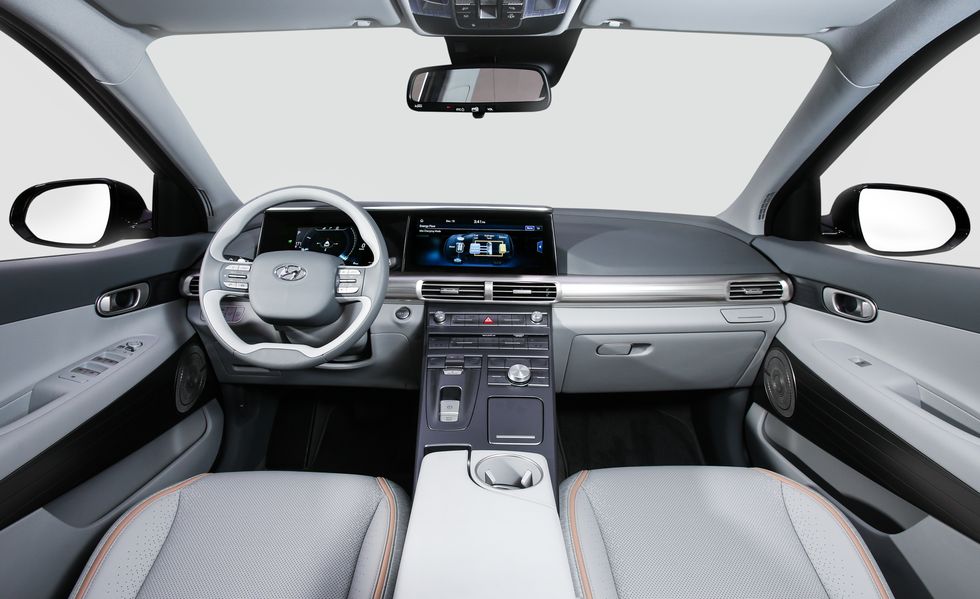
Except for the addition of a standard 10.3-inch digital gauge cluster for 2022, the Nexo has received precious few updates since it debuted in 2019. Unlike other vehicles, there are no a’la carte options available outside of what’s included in the Nexo’s two trim levels.
The 2023 Nexo is available as a $61,470 base model and $64,920 in Limited trim. As you might expect, the Limited offers more amenities such as a hands-free power liftgate, a larger sunroof, ventilated seats, a heated steering wheel, blind-spot view monitor, a 360-degree camera, an upgraded Krell audio system, and remote parking.
One minor caveat of choosing the luxe Limited trim is that it does add additional weight to the vehicle, which slight reduces the range.
The World Isn’t Ready For Hydrogen Yet
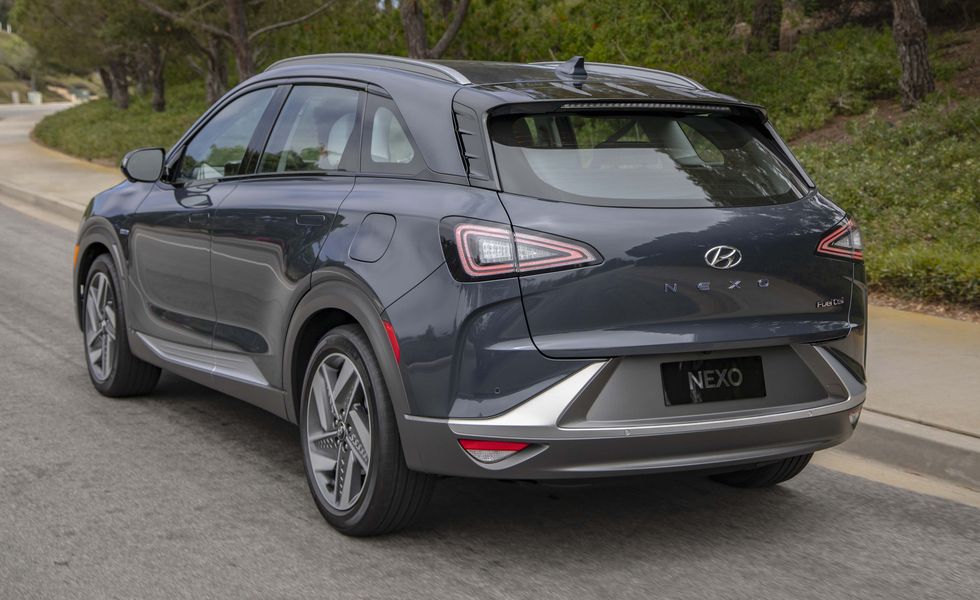
It’s hard not to be excited about hydrogen fuel cell technology as a potential alternative or supplement to plug-in EVs in the quest for zero emissions, but there’s couple of major drawbacks preventing them from being ready for prime time. The first is an extremely limited number of hydrogen fueling stations which are difficult, if not impossible to find outside of California.
Accordingly, California is currently the only state in America where you can even buy a Nexo. Furthermore, the hydrogen filling stations are notoriously glitchy and require 30 minutes to repressurize after every other fill.
The next obstacle to overcome is the high cost of the fuel. Presently, a kilogram of hydrogen sells for $10 to $17 at California hydrogen stations, which is the equivalent of $5.00 to $8.50 per gallon of gasoline. To put that into perspective, charging an EV has a gasoline equivalent of about $2 per gallon.
Hyundai does have an intriguing, if temporary, solution to the current high cost of hydrogen: Anyone who buys or leases a Nexo gets free fuel for the first three years, up to a maximum value of $13,000.
Hyundai has been hinting at big changes for the 2024 Nexo, but unless they’re collaborating on a nationwide fueling network, it’s hard to imagine this SUV catching on in a big way.

